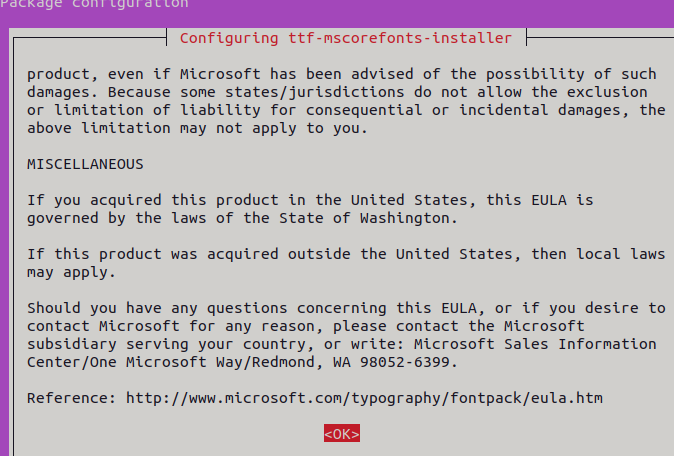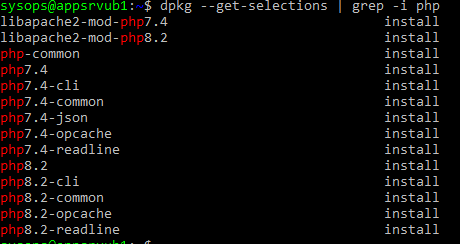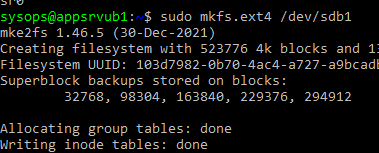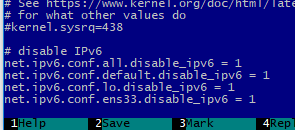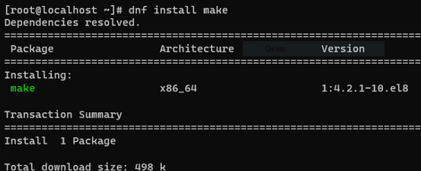By default, Linux distributions do not include popular proprietary fonts from Microsoft. Linux users often search for how to install Times New Roman font from Microsoft. If you need to use this font in LibreOffice, Gimp or any other graphical Linux application, you can install it.
Continue reading “Install Microsoft Fonts (including Times New Roman) on Linux”

